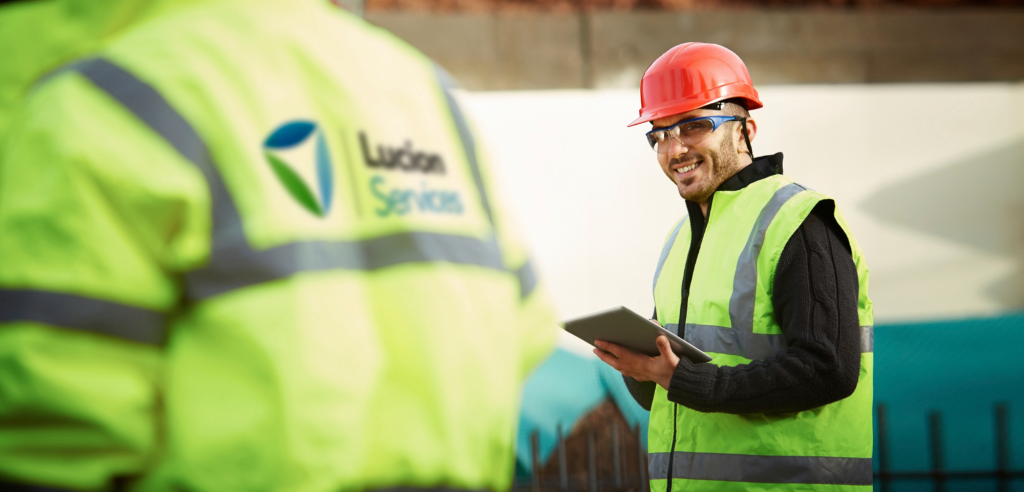The Hierarchy Of Hazard Control Explained
27 August 2015
According to the HSE, the client (the person responsible for implementing health and safety on their project, whether that be to introduce health and safety measures directly or employ someone to take on the duties) is required to reduce risks to individuals on-site to as far as reasonably practicable. But in situations where there are many risks involved, how should you prioritise which risks to manage first?
As CDM specialists, we utilise and develop a number of health and safety frameworks that are designed to minimise risk. We work with clients and designers to ensure we apply the most practical design risk management strategy. One of the most popular frameworks is the Hierarchy of Hazard Control.
What is the Hierarchy of Hazard Control?
The Hierarchy of Hazard control methodology helps reduce risks to the lowest reasonable practical level by taking preventative measures, in order of priority. This is what is meant by a ‘hierarchy of hazard control.’ The Hierarchy was introduced to help clients and duty holders manage the risks with a practical approach and resist the desire to manage the easiest risks first but rather manage the risks depending on whether they were likely to harm people and to what severity.
Categorising the Risk
The level of risk is categorised by the potential harm or adverse health effect that the hazard may cause, the number of times a person may potentially be exposed and the number of people who may be exposed. For example, exposure toairborne asbestos fibres will always be classified as high risk because a single exposure is all it takes to cause potentially fatal lung disease (and each additional exposure increases the likelihood), whereas the risk associated with works requiring minimal physical activity, for example, office-based work or works with minimal potential for exposure to hazardous substances with feature low risk such as the use ofdisplay screen equipment.
The list below sets out the order to follow when planning to reduce risks you have identified in the workplace.
By approaching risk in this manner and considering each of the headings in the order shown, you are encouraged to not simply jump to the easiest control measure to implement, but rather find the most powerful preventative measure. Here’s how you would work through the hierarchy.
- Elimination – Redesign the job or substitute a substance so that the hazard is removed or eliminated.
- Substitution – Replace the material or process with a less hazardous one.
- Engineering controls – For example, use work equipment or other measures to prevent falls where you cannot avoid working at height, install or use additional machinery to control risks from dust or fumes or separate the hazard from operators by methods such as enclosing or guarding dangerous items of machinery/equipment. Give priority to measures which protect collectively over individual measures.
- Administrative controls – These are all about identifying and implementing the procedures you need to work safely. For example: reducing the time workers are exposed to hazards (e.g. by job rotation), prohibiting use of mobile phones in hazardous areas; increasing safety signage, and performing effective risk assessments. Conducting an effective risk assessment should follow a standard process and be a team effort:
- Personal protective clothing and equipment – Only after all the previous measures have been tried and found ineffective in controlling risks to a reasonably practical level, must personal protective equipment (PPE) and respiratory protective equipment (RPE) be used. For example, where you cannot eliminate the risk of a fall, use work equipment or other measures.
The hierarchy of hazard control is just one of the most basic frameworks that can be implemented to keep construction sites safe (and reduce or manage residual risks – post-completion), however, at Lucion we are committed to not only implementing the safest system for each individual project but also finding the most flexible framework that keeps your project moving whilst achieving compliance and better health and safety culture for our clients and their teams.
What do the regulations say?
Under the Management of Health and Safety Work Regulations 1999, the client, duty holder or employer, is required by law to protect both your employees and other individuals from potential hazardous risks as far as reasonably practicable. As a minimum for all businesses no matter the size, you must take reasonable steps to:
- Identify hazards that could pose a risk of injury or illness to individuals
- Determine the likelihood of the hazardous risk occurring and the severity of the outcome
- Take reasonable steps to eliminate the risk or control the risk through control measures as far as reasonably practicable
Our team of NEBOSH qualified Health and Safety consultants are experienced, trusted providers of CDM services and can act as your CDM Advisor for your project. Our team has worked with architects across the UK from SMEs to large international practices to provide CDM and construction safety advice.
CDM 2015 Regulations Briefly Explained
Construction Design and Management Regulations (CDM 2015) took effect from 6th April 2015. These changes will impact the way safety management is managed within the construction industry.
Lucion Consulting and our team of safety professionals are here to support you through the transition every step of the way. CDM 2015 in a nutshell…
_1.png)
Download From NexGen
The Role of the Principal Designer Explained
Designers and architects are fundamental under the CDM 2015 regulations ensuring risks are assessed throughout the design process and beyond. Tasks in the construction stages and in the future maintenance of a building are often underestimated and result in additional risks that could have been removed.
To support duty holders such as clients and designers following the introduction of the CDM 2015 regulations we focus on the role of the principal designer in this quick CDM Roles Explained download.
_1.png)
Download From NexGen
Toolbox Talk: Construction Dust
Ensure your teams know the dangers of construction dust and what control measures and protection are required to manage the risks with this quick Toolbox Talk.
_1.png)
Download From NexGen


 NexGen
NexGen











